Why Choose Invisalign for Your Second Orthodontic Treatment?
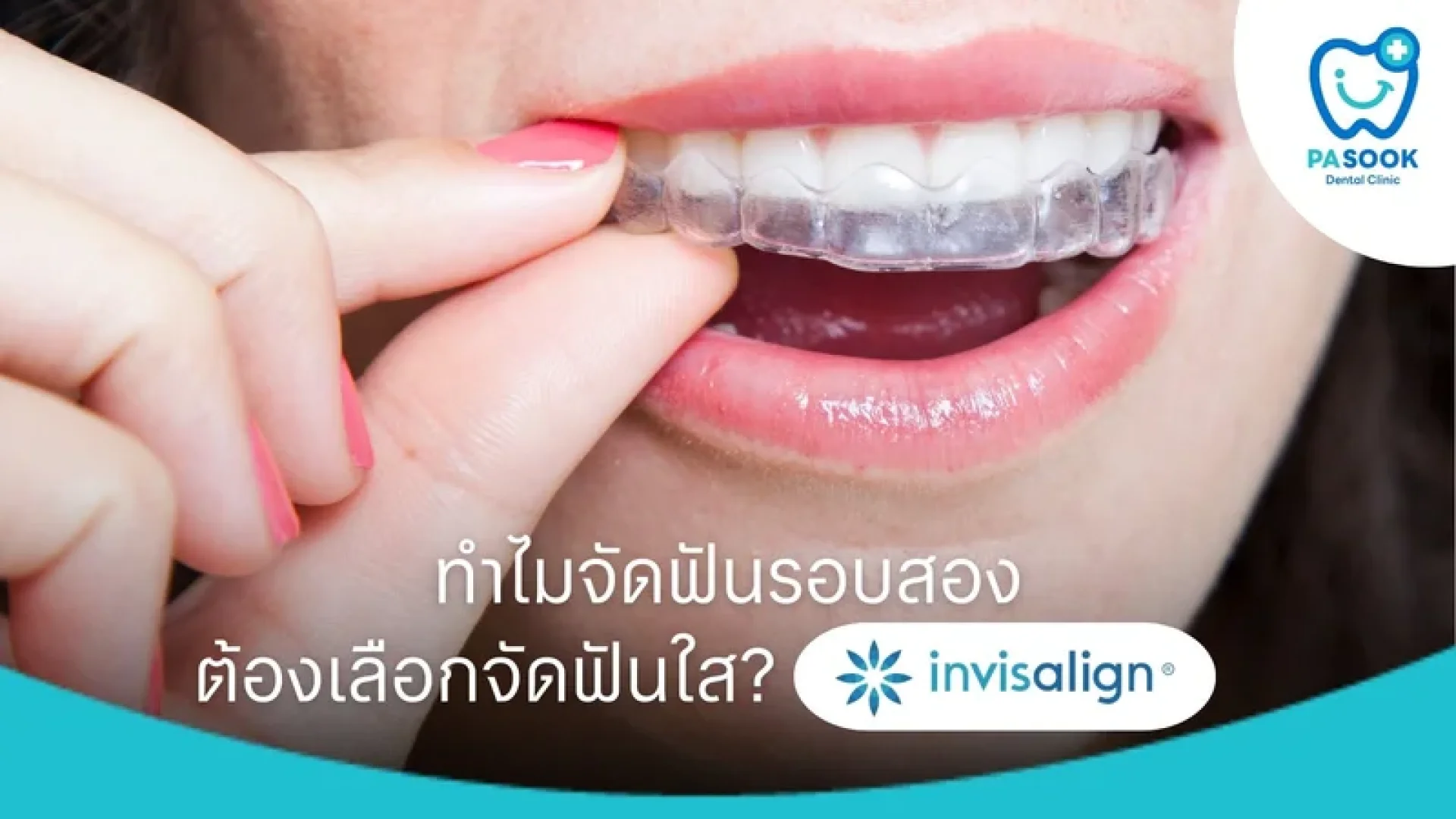
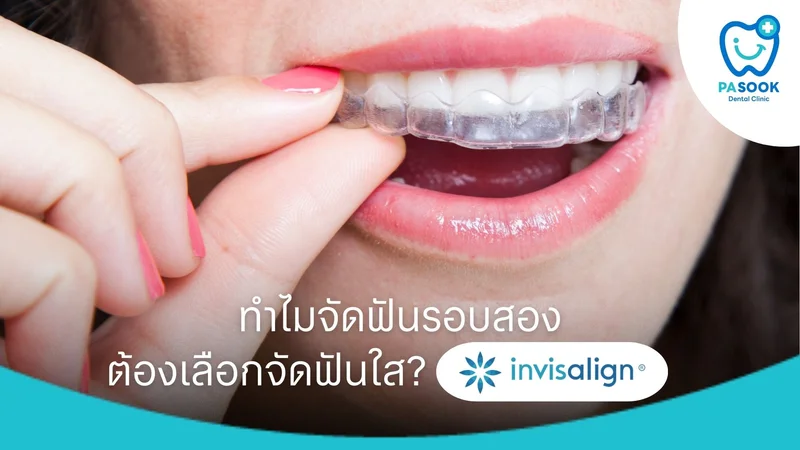
Why Choose Invisalign Clear Aligners for Your Second Orthodontic Treatment?
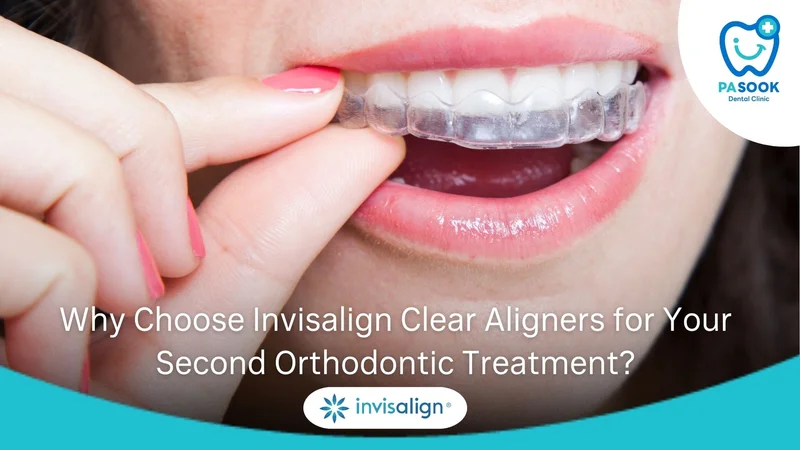
Many people who have undergone orthodontic treatment before may find that their teeth have shifted or problems have recurred, requiring a second orthodontic treatment to correct these issues. Nowadays, Invisalign clear aligners are increasingly preferred for their convenience, near-invisibility, and fast, beautiful results. In this article, Pasook Dental Clinic explains the reasons behind needing a second orthodontic treatment and why Invisalign clear aligners are an excellent choice.
Table of Contents
1.What is Second Orthodontic Treatment
2.Common Causes for Needing a Second Orthodontic Treatment
3.Advantages of Using Invisalign Clear Aligners for Second Orthodontic Treatment
4.The Invisalign Journey: Steps for Your Second Orthodontic Treatment
5.Post-Invisalign Care: What to Do After Your Second Orthodontic
What is Second Orthodontic Treatment?
Second orthodontic treatment refers to undergoing orthodontic treatment again after a previous course, due to recurring misalignment or teeth shifting back to their original positions. This can result from inadequate retainer use or complex dental structures, requiring a repeat treatment to properly and stably align the teeth.
Common Causes for Needing a Second Orthodontic Treatment
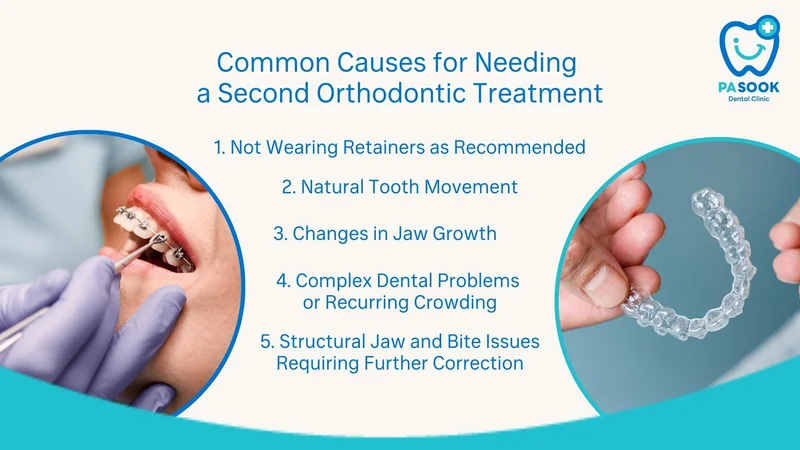
1. Not Wearing Retainers as Recommended
After orthodontic treatment, wearing retainers is very important to keep your teeth in place. If you dont wear them as your dentist advises, your teeth can move back or become crooked again. This often means you need a second orthodontic treatment.
2. Natural Tooth Movement
Teeth naturally shift over time, especially during the first 1-2 years after treatment. If you dont take good care or use retainers properly, problems like crowding or gaps can come back.
3. Changes in Jaw Growth
For teenagers or young adults who are still growing, changes in the jawbone can affect how teeth are positioned and how the face looks. This may mean a second orthodontic treatment is needed to fix these changes.
4. Complex Dental Problems or Recurring Crowding
Sometimes, there are more difficult problems like impacted teeth or severe crowding that werent fully fixed the first time. In these cases, a second orthodontic treatment is necessary.
5. Structural Jaw and Bite Issues Requiring Further Correction
Some people have jaw or bite issues (such as underbite or overbite) that cant be completely fixed with one treatment. They might need a second orthodontic treatment or even jaw surgery to solve the problem fully.
Advantages of Using Invisalign Clear Aligners for Second Orthodontic Treatment
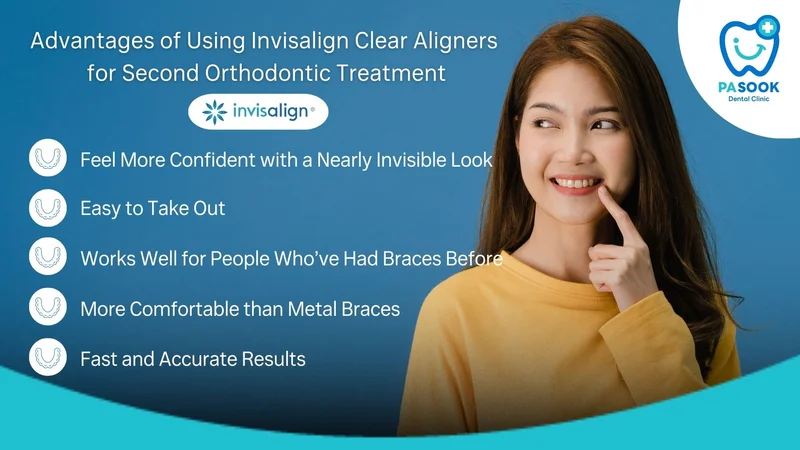
1. Feel More Confident with a Nearly Invisible Look
Invisalign is made from clear plastic, so most people wont even notice youre wearing them. This helps you feel more confident during your second orthodontic treatmentwithout worrying about how braces look.
2. Easy to Take Out
You can easily remove Invisalign aligners when eating or brushing your teeth. This means you can enjoy your meals normally and keep your teeth clean more easily than with metal braces.
3. Works Well for People Whove Had Braces Before
If youve had braces before and your teeth have moved a little, Invisalign is a good option. The aligners can be made to fit your current teeth and help get them back in place.
4. More Comfortable than Metal Braces
Invisalign trays are smooth and soft, so they dont hurt your mouth like metal wires or brackets might. Youre less likely to get sore spots or cuts inside your cheeks and lips.
5. Fast and Accurate Results
Invisalign uses 3D scanning to plan your treatment. This helps your teeth move in the right direction with great accuracy so you get better results, often in less time.
The Invisalign Journey: Steps for Your Second Orthodontic Treatment
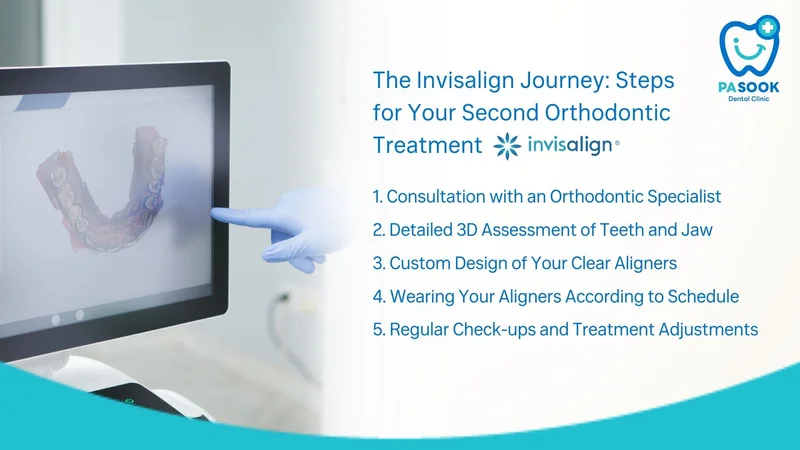
Getting a second round of orthodontic treatment isn't just about improving your smileit's about solving dental issues that may have returned or werent fully addressed the first time. Invisalign clear aligners offer a discreet and comfortable solution. Heres what to expect during the process:
1. Consultation with an Orthodontic Specialist
Start by meeting with a qualified orthodontist to discuss your current concernssuch as shifting teeth, gaps, or bite issuesand review your previous treatment. Your doctor will assess if Invisalign is the right fit and explain the overall treatment plan.
2. Detailed 3D Assessment of Teeth and Jaw
Using advanced 3D scanning technology (like iTero), your dentist will capture detailed images of your teeth, jaw, and bite. Additional photos and X-rays help create a clear and personalized treatment plan that targets your specific needs.
3. Custom Design of Your Clear Aligners
Based on your scans, Invisalign will generate a step-by-step digital treatment plan showing how your teeth will gradually move. Your custom-made aligners will then be created to match each stage of the plan.
4. Wearing Your Aligners According to Schedule
Youll receive a series of aligners and need to wear them for 20-22 hours a day, changing to a new set every 1-2 weeks. This helps your teeth shift gently and predictably into the desired positions.
5. Regular Check-ups and Treatment Adjustments
Your orthodontist will schedule regular appointments to monitor progress and make any necessary adjustments. Once your teeth are aligned, you may receive retainers to help maintain the results long term.
Post-Invisalign Care: What to Do After Your Second Orthodontic
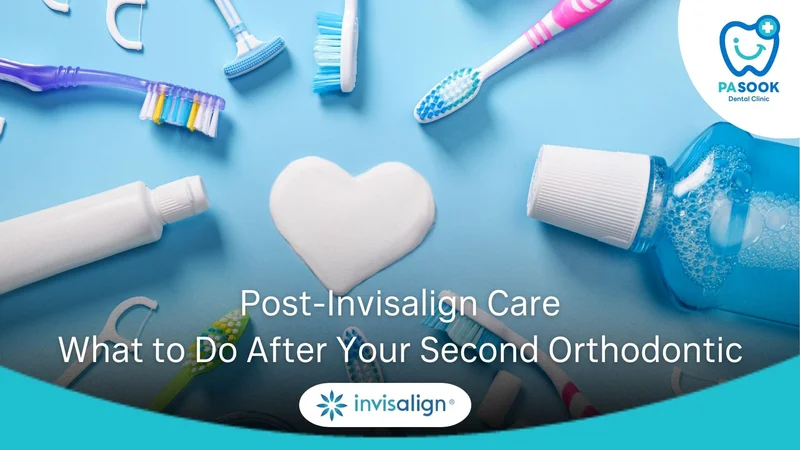
After completing your second round of Invisalign treatment, proper aftercare is essential to maintain longlasting results and prevent your teeth from shifting back to their original positions.
1. Wear Your Aligners 20-22 Hours a Day
To keep your treatment on track, wear your aligners for at least 20 to 22 hours each dayjust like your dentist recommends. Taking them out for too long can slow down your progress.
2. Take Out Aligners Before You Eat or Drink
Before you eat or drink anything other than water, remove your aligners. Hot drinks or anything with color (like coffee, tea, or juice) can stain or damage them.
3. Keep Your Aligners Clean
Clean your aligners every day. You can soak them in Invisalign cleaning solution or gently brush them with a soft toothbrush. Skip the strong toothpasteit can scratch or cloud the plastic.
4. Brush Your Teeth Before Putting Aligners Back In
After eating, always brush your teeth or rinse your mouth before wearing your aligners again. This helps keep your teeth healthy and fresh.
5. Dont Miss Your Check-Ups
Even though Invisalign doesnt need as many visits as metal braces, its still important to go to every check-up. Your dentist will make sure everythings moving the right way.
Summary Second Orthodontic Treatment with Invisalign
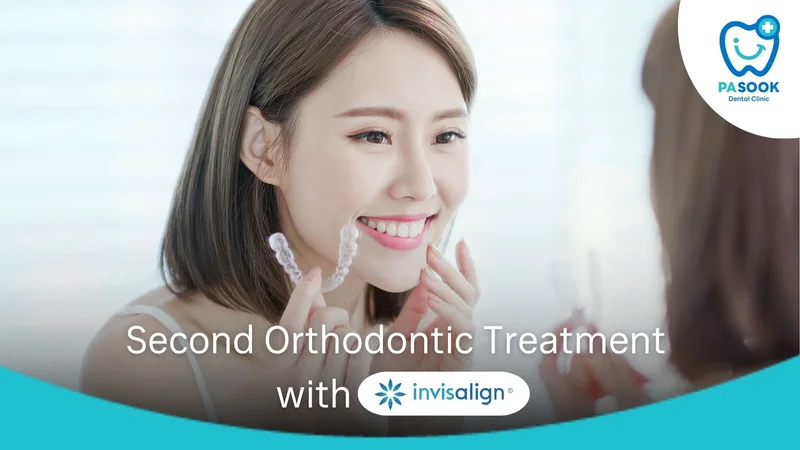
Getting a second orthodontic treatment isnt unusual these days especially for those whose teeth have shifted after their first treatment or who have developed new bite or jaw issues. Choosing the right solution that balances aesthetics, convenience, and treatment success is key.
Invisalign clear aligners are a great option for second orthodontic treatment. Theyre nearly invisible, easy to remove and clean, and designed with 3D technology that helps move your teeth precisely according to your custom treatment plan. This makes the process smooth and aligned with your goals.
This article covered everything from the reasons for needing a second orthodontic treatment, the benefits of Invisalign, step-by-step treatment overview, and how to care for your teeth afterward to maintain long-term results.
If youre dealing with shifting teeth, crowding, or want to improve the results of your previous orthodontic treatment, dont wait. Contact the team at PASOOK Dental Clinic to get a personalized consultation and see if Invisalign is right for you. Let us help you bring back your confident smilethis time, for good.


